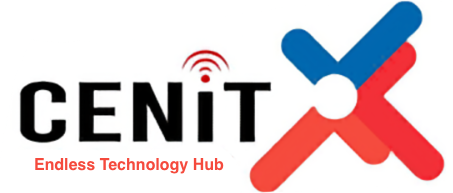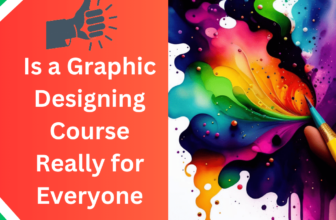
In a world where visuals reign supreme, a graphic design portfolio isn’t just a nice-to-have; it’s essential. Whether freelancing or aiming for a full-time gig, your portfolio is your primary tool for making a lasting impression.
Table of Contents
Why Your Portfolio Is Your Business Card
First Impressions Matter
Imagine walking into an interview or a client meeting. Your business card represents more than just your skills, style, and potential. That’s what your graphic design portfolio is. In an increasingly competitive freelance market, a well-crafted portfolio can be your ace in the hole.
The Client’s Perspective
So, what do clients actually look for in a portfolio? Relevance, quality, and professionalism. They want to see work that speaks to their needs and shows you can deliver briefly.
Know Your Audience
Why It Matters
If you’re a graphic designer, you’re essentially a visual problem solver. To solve problems effectively, you must know who you are solving them for. Tailoring your portfolio to your target audience makes it far more effective.
Niche-Specific Tailoring
For instance, if you’re aiming to work in the automotive industry, showcasing work related to cars, engineering, or transport will naturally be more appealing to your audience.
Portfolio Platforms: Website vs. Social Media vs. Professional Networks
Pros and Cons
Your own website offers complete control over your brand, but it may require time and SEO efforts to attract traffic. Social media provides a large audience but comes with distractions. Professional networks like Behance offer credibility but limit customization.
Combining Multiple Platforms
The ideal approach? Use a blend. A personal website can serve as a central hub, while social media and professional networks can funnel traffic towards it.
Essential Elements Every Portfolio Should Have
The Basics
Your portfolio should include your best work, case studies, testimonials, and contact information. It’s not just about showing pretty pictures but about showcasing problem-solving skills.
Case Studies
This offers context and shows each design’s process, making your portfolio more compelling.
Testimonials
Client testimonials add credibility. Ask satisfied clients if they can provide a quote for your portfolio.

Quality Over Quantity: Picking Your Best Works
The Importance of Selection
Regarding portfolios, think of a masterpiece, not a museum. Showcasing too much work can be overwhelming.
The Rule of 7
A good rule of thumb is to stick to around seven pieces, give or take. This keeps your portfolio focused and makes it easier for clients to gauge their skills.
Structuring Your Portfolio
Making It User-Friendly
Maintain a clear and easy-to-navigate portfolio. Place your best work first and group similar items together.
The F-Shape Pattern
Studies show that people typically scan websites in an F-shaped pattern. Placing key works along these lines can draw more attention to them.
Adding Descriptive Copy
The Why and How
Each piece in your portfolio should come with a brief but clear description. This provides context and adds a layer of professionalism.
Storytelling through Descriptions
Storytelling elements can make your work more relatable, thus making your graphic design portfolio more engaging.
SEO for Your Portfolio
The Need for SEO
SEO isn’t just for bloggers; it can help your graphic design portfolio rank in search engine results, bringing you organic traffic.
Keywords and Meta Descriptions
Optimize your graphic design portfolio using relevant keywords and well-crafted meta descriptions.
Updating Your Portfolio
The Frequency
Like any tool, your portfolio requires upkeep. Regular updates keep it relevant.
Seasonal Updates
Consider refreshing your graphic design portfolio to align with industry events and seasons and adding a dynamic layer to your presentation.
Leveraging Your Portfolio for Client Acquisition
Active Use
Your portfolio shouldn’t just be a passive display; it should actively help you gain clients. Use it in your email marketing and client outreach.
Calls to Action
Integrate strong CTAs into your graphic design portfolio to guide potential clients into contacting or hiring you.
Conclusion
Building a compelling graphic design portfolio is no small feat, but necessary. It’s not just a repository of your work; it’s your most potent tool for client acquisition. By focusing on quality over quantity, understanding your audience, and leveraging multiple platforms, you can create a portfolio that doesn’t just showcase your talent but gets you working.
Frequently Asked Questions (FAQ’s)
What should my Graphic Design portfolio include?
Your best work, case studies, testimonials, and contact information
How many pieces should I feature in my portfolio?
Around seven is a good rule of thumb
Which platform is best for hosting my portfolio?
A combination of a personal website, social media, and professional networks is ideal.
How often should I update my portfolio?
Regularly with occasional seasonal or industry-related updates.
Should my portfolio include Calls to Action?
Yes, strong CTAs can guide potential clients into hiring you.







